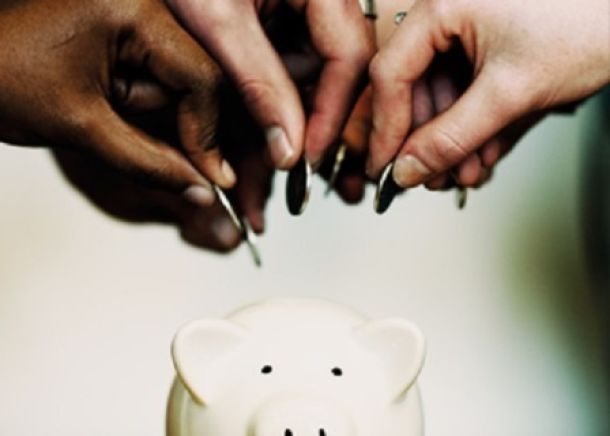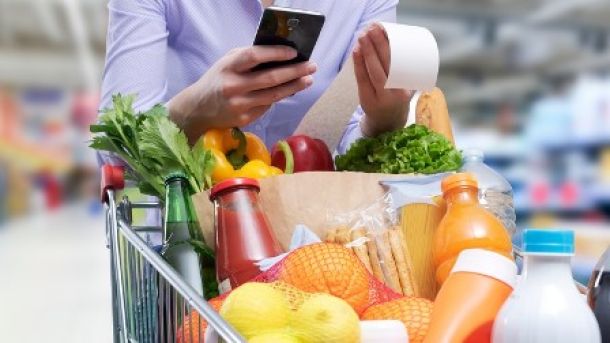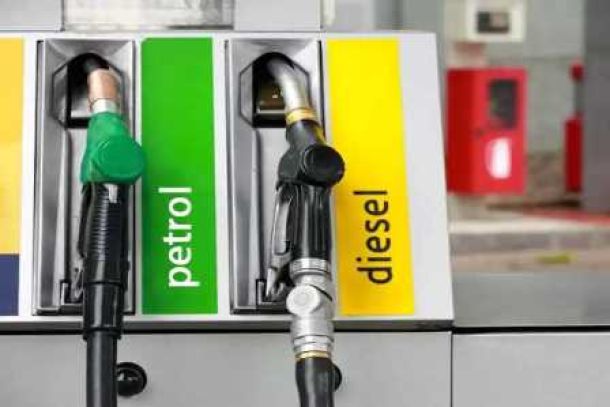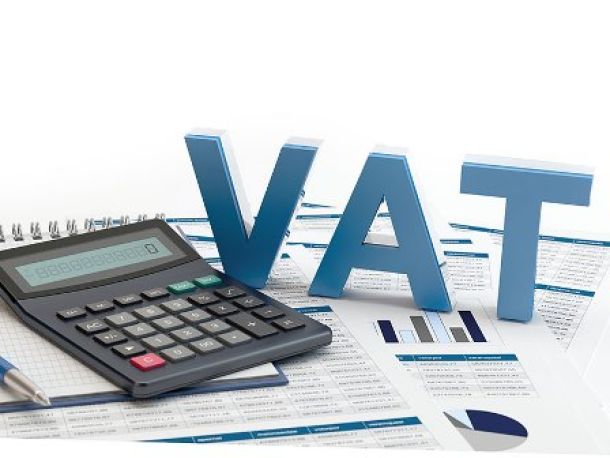Total retail sales volume growing at quickest pace in five years
Total South African retail sales for March 2018 grew by 4% year-on-year after removing the effects of inflation, marking the highest growth rate for retail spending since May 2013. This is according to the Mastercard SpendingPulse March 2018 report, which provides a macroeconomic analysis of retail spending trends in South Africa.
March’s retail performance rounds off a strong first quarter for the South African retail market. SpendingPulse data shows that total monthly retail sales for the first quarter of 2018 grew by an average of 3.8% year-on-year, compared to the monthly average of 3.3% for the fourth quarter of 2017.
With the effects of inflation included, retail sales for March 2018 grew 7% year-on-year. The difference between retail sales, with inflation included and inflation excluded, was three percentage points, the lowest level since March 2013.
“The shrinking gap between retail sales, with inflation included and without inflation included, indicates we are starting to see real growth in the South African economy and retail sector,” says Sarah Quinlan, senior vice president and group head of market insights for Mastercard. “Lower inflation in key economic sectors, paired with rising business and consumer confidence, have helped boost consumer spending on discretionary items like cosmetics and toiletries.”
Key findings
Key findings of the Mastercard SpendingPulse South Africa March 2018 report include:
• Pharmaceuticals, medical goods, cosmetics and toiletry retail sales, excluding the effects of inflation, climbed 3.4% year-on-year in March 2018. With inflation included, sales increased 7.9% over 2017. Higher prices contributed 4.5 percentage points to sales growth. Though still high, this reflects the smallest gap between sales, including and excluding inflation seen since September 2016.
• The general dealer sector, which includes food and other daily essentials, showed tepid growth for a 17th consecutive month, with inflation-adjusted sales growing only 0.2% year-on-year in March 2018. Including the effects of inflation, this sector showed sales growth of 6.7% year-on-year for the month. Though inflation is falling in this sector, its effect is more pronounced here than in other segments of the market.
“A stronger rand and a continued recovery from the drought in many parts of the country helped to alleviate inflation pressures. Food prices rose in line with the consumer price index (CPI), after climbing faster than CPI for each of the past 28 months,” says Quinlan. “In April, we will begin to see how the one percentage point increase in VAT will impact consumer spending and retail sales.”
News Category
- International retailers
- On the move
- Awards and achievements
- Legislation
- Wine and liquor
- Africa
- Going green
- Supplier news
- Research tools
- Retailer trading results
- Supply chain
- Innovation and technology
- Economic factors
- Crime and security
- Store Openings
- Marketing and Promotions
- Social Responsibility
- Brand Press Office
Related Articles

Empowering South African households through gro...

SPAR shares practical tips to beat food inflation

South African motorists could be paying up to R...

Big VAT changes on the cards


